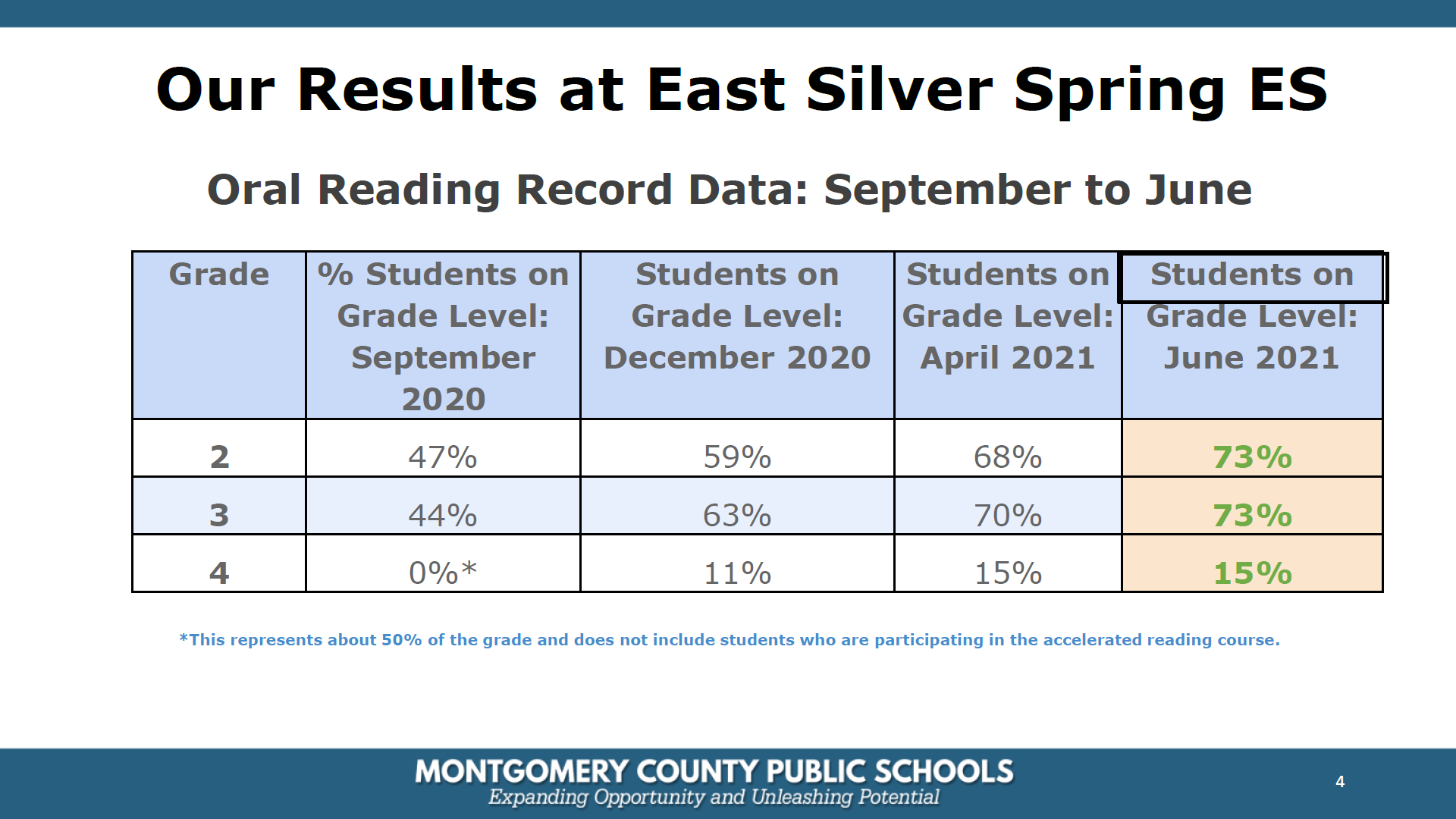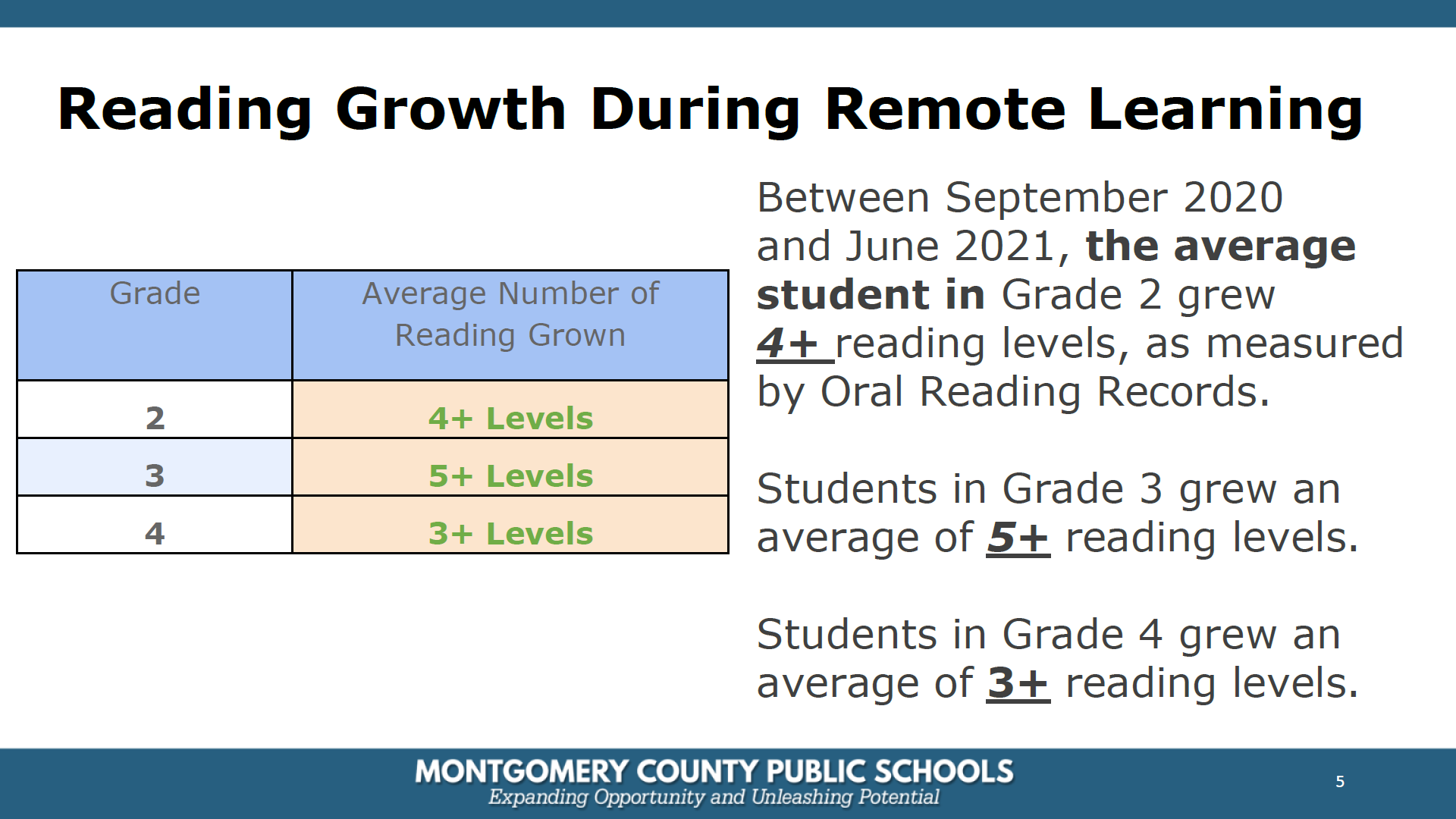By Adam Pagnucco.
The achievement gap. This is absolutely one of the most challenging issues in all of public education. After decades of work, it’s doubtful that anyone has yet figured out a silver bullet for equalizing academic performance between students with different economic and racial demographics. But this is still an issue of intense interest for parents, educators and politicians.
Years ago, an MCPS administrator told me about being asked this question by a high-ranking county government official. “How long will it take you to close the achievement gap? A year? Two years? Gimme a number.” The administrator was too flabbergasted to respond. It’s like asking the President of the United States how long it will take to create world peace.
Since the days of former Superintendent Jerry Weast, MCPS has been open about the achievement gap and has not stopped working on it. A presentation to the school board on March 28 is just the latest summary of MCPS’s challenge. There are 48 slides, but the one below showing third grade literacy is typical.

Classroom refers to report card grades, district refers to “district assessments aligned to the curriculum” and external refers to outside tests like the SAT, ACT and state tests. Look at the huge differences between students of different races and students who receive or don’t receive free and reduced price meals (FARMs). This is not a knock on MCPS, folks – this is a problem all over America.
But at one point, MCPS showed real progress – albeit on a small scale.
In August 2020, MCPS contracted with Lavinia Group of Brooklyn, NY for school-based support and literacy training in East Silver Spring Elementary School. The cost was $92,500, a TINY fraction of MCPS’s $3+ billion budget, and it was supplemented by financial support from the Norman and Ruth Rales Foundation.
By July 2021, MCPS showed astounding results to the school board. Using a combination of regular assessments, streamlined data, revised curriculum and teacher training, the school and Lavinia were able to produce dramatic improvements in second, third and fourth grade reading. These two slides summarize them.


Two things are noteworthy besides the performance itself. First, in 2021, East Silver Spring ES was 52% Black and 21% Latino. 55% of its students received free and reduced price meals. Second, these improvements occurred during remote learning, which was very challenging for many students. And still they made progress.
MCPS received glowing coverage in Bethesda Beat and told the school board that it was expanding the program into eight other elementary schools with lots of Black and brown students and high FARMs rates. MCPS declared that it was “building momentum at East Silver Spring” and “our work is not yet done” as it agreed to a new $1.58 million contract with Lavinia.
So what happened next?
We will have more in Part Two.
